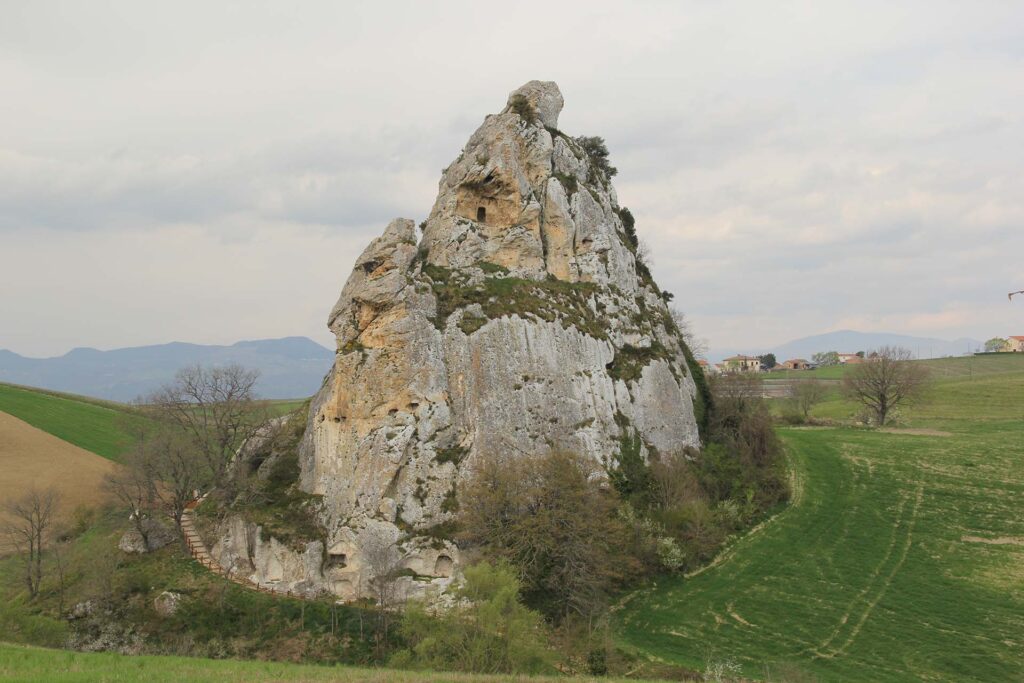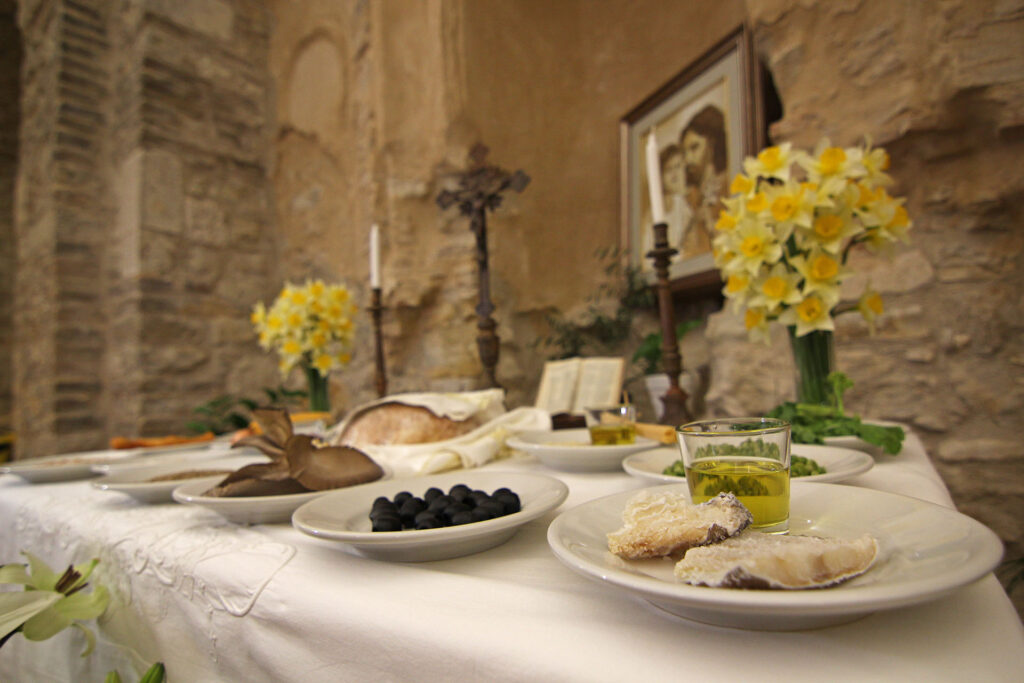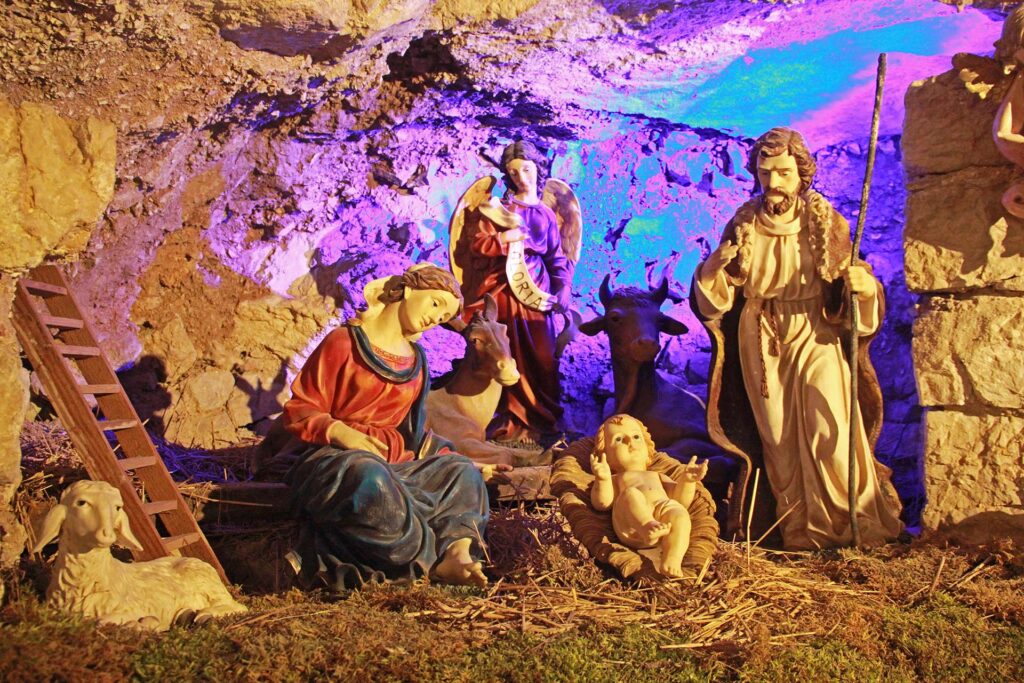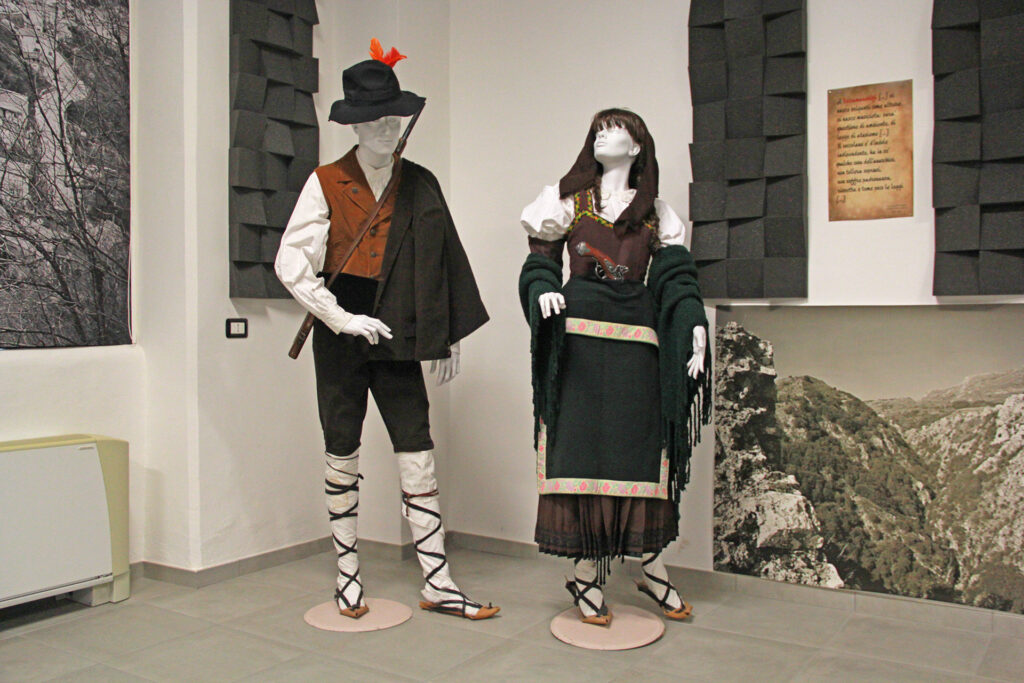Sculptures of nature surface in the heart of the region
Imagine that you are driving through the hills of Molise, with sweeping vistas and villages popping up around every bend, and suddenly you are faced with rocky outcrops tens of meters high. These are the morge, a dialect name for large masses emerging from the ground.
In Molise, bogs are numerous and, on or next to many of them, several villages have sprung up. But there is one area that is particularly rich, and it is that of central Molise especially between the towns of Salcito, Trivento and Pietracupa where there are five of considerable size. The main and best known is the morgia of Pietravalle, better known as“dei briganti.” The others are Pietra Martino, Pietra Fenda, Pietra Lumanna and the one around which the town of Pietracupa develops.
The origin of these outcrops dates back to the Cenozoic period beginning about 65 million years ago. Also of notable importance from the paleontological point of view is the fact that the calcarenites constituting the berms are rich in fossil remains, mainly shells.
As for the most important one, Pietravalle, there are also other aspects to consider. The rocky outcrop, about 55 meters high, has 18 cavities spread over four levels. These, both natural and artificial, venero used in the past as shelter. In fact, there are numerous evidences of man-made works, such as holes drilled in the rock to house beams of a canopy (also used in other morges) or findings of tableware pottery dating back to the late Middle Ages.
It is believed, therefore, that especially in the medieval period, the morgia was inhabited, thus constituting a settlement in its own right.




